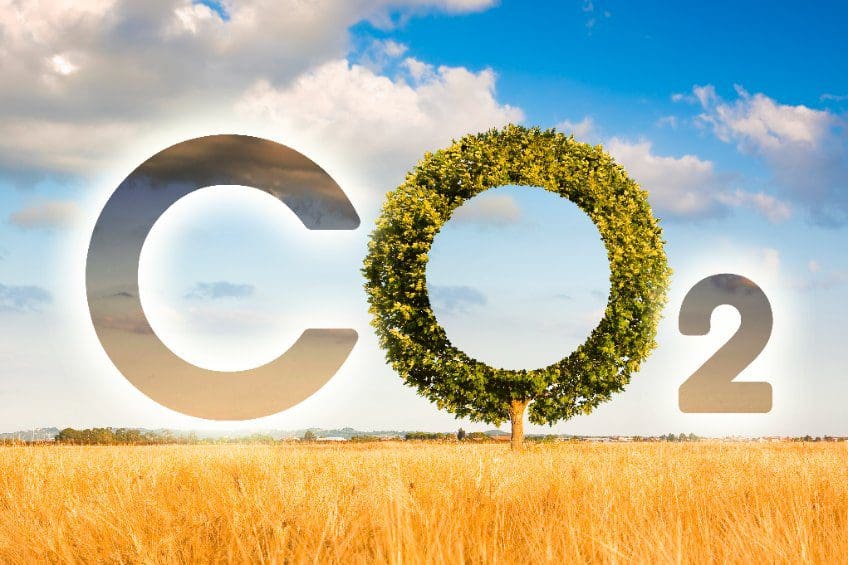A major goal of President Joe Biden and his administration is to reduce carbon dioxide (CO2) emissions in the U.S. A few weeks ago Biden signed a massive bill that will allocate billions of dollars to enhance the future development of non-fossil fuels as part of his climate change agenda.
One might assume that CO2 emissions in the U.S. were on the rise because fossil fuels account for 80% of energy usage in the U.S. and electricity consumption increased 30% from 1990 to 2020.
Actually, CO2 emissions declined 9% since 1990 while natural gas consumption increased 11%, according to the Energy Information Administration at the U.S. Energy Department.
EIA attributed the decline in emissions to “a shift in U.S. electricity generation mix away from coal and toward natural gas and renewables,” and a reduction in energy consumption in 2020 due to the pandemic.
“The 2020 decline in U.S. energy-related CO2 emissions was historic,” EIA said. “In 2020, energy-related CO2 emissions declined to a level not seen since 1983. Much of this decline was related to the COVID-19 pandemic and the resulting economic downturn. Since peaking in 2007, emissions have declined in 9 of the past 13 years.”
Total U.S. energy-related CO2 emissions decreased by 11% in 2020, or 570 million metric tons (MMmt) of CO2 relative to 2019, according to EIA.
U.S. emissions related to petroleum product consumption, such as motor gasoline and jet fuel, decreased by 14% (330 MMmt) from the previous year. Consumption of both fuels decreased as a result of an increase in working from home and a decrease in travel demand during the COVID-19 pandemic.
The fuel mix of electricity generation has changed since 1990.
Coal generated 52% of the electricity 30 years ago, but declined to 19% in 2020. Coal generated 1,594 billion killowathours of electricity in 1990 but only 773 billion in 2020.
Over the years, natural gas became the largest energy source generating 41%, or 1,624 billion killowathours in 2020, according to EIA data. In 1990, natural gas was used to generate 12% (373 billion killowathours).
Renewables have increased in usage, also. In 1990, renewables (primarily hydroelectric) accounted for 12% (357 billion killowathours). Wind and solar have become a larger portion of the renewable portfolio and in 2020 renewables accounted for 20% (783 billion killowathours).
Many factors impact power usages such as price, availability, environment, efficiency, and government policies. Currently, natural gas and renewables appear to have an advantage in the environmental arena, but natural gas prices have escalated this year. Natural gas and coal have advantages over renewables and nuclear availability.
However, renewables are the darling of Washington today, and federal dollars will flow freely like the Texas wind in the spring.
Alex Mills is the former President of the Texas Alliance of Energy Producers.
Alex Mills is the former President of the Texas Alliance of Energy Producers. The Alliance is the largest state oil and gas associations in the nation with more than 3,000 members in 305 cities and 28 states.
Oil and gas operations are commonly found in remote locations far from company headquarters. Now, it's possible to monitor pump operations, collate and analyze seismic data, and track employees around the world from almost anywhere. Whether employees are in the office or in the field, the internet and related applications enable a greater multidirectional flow of information – and control – than ever before.












